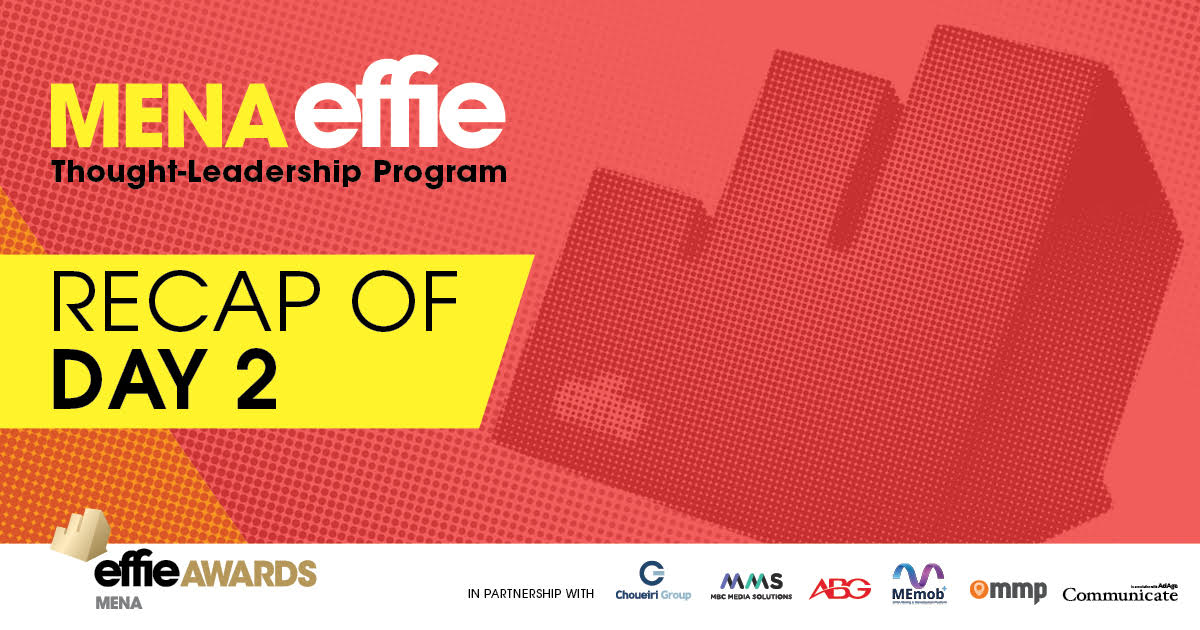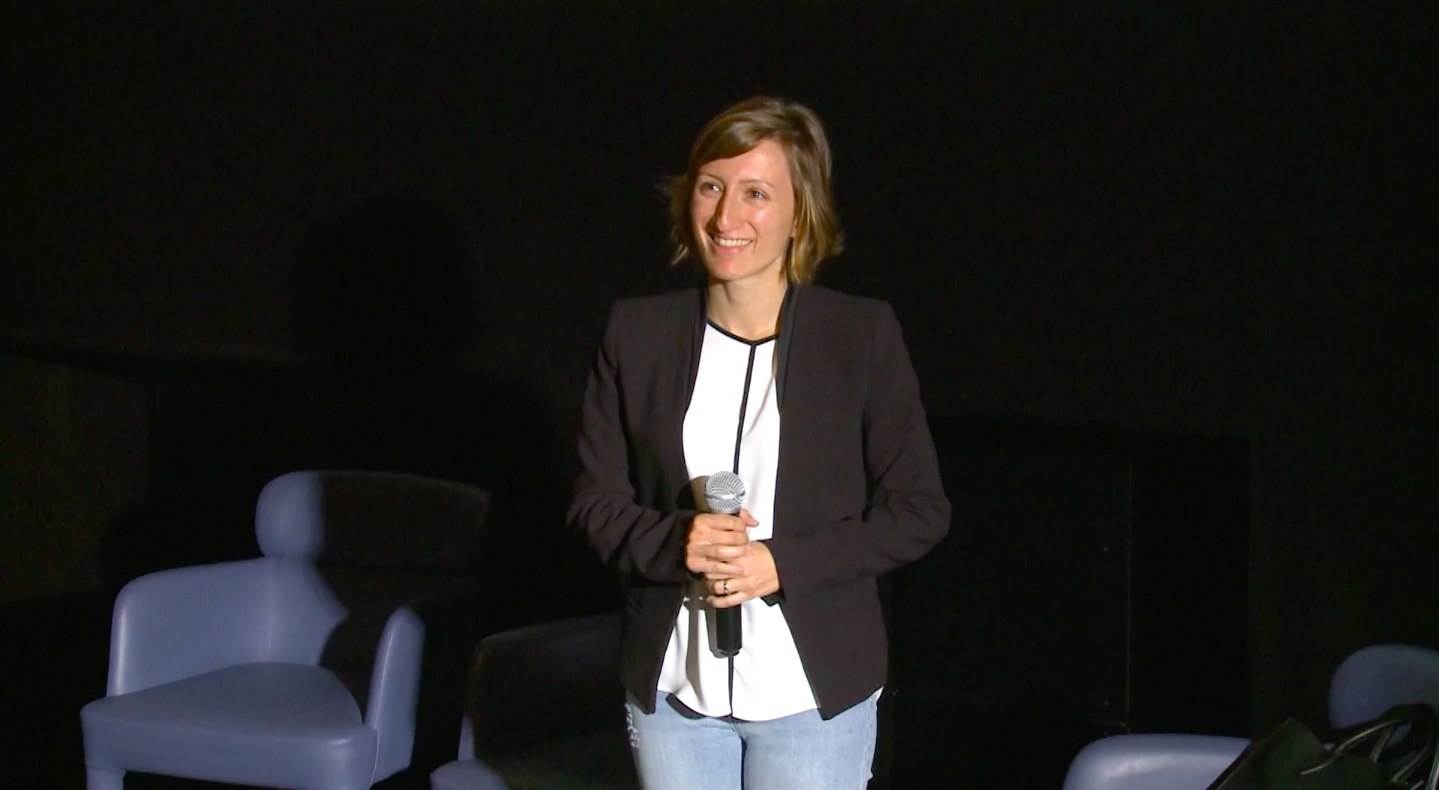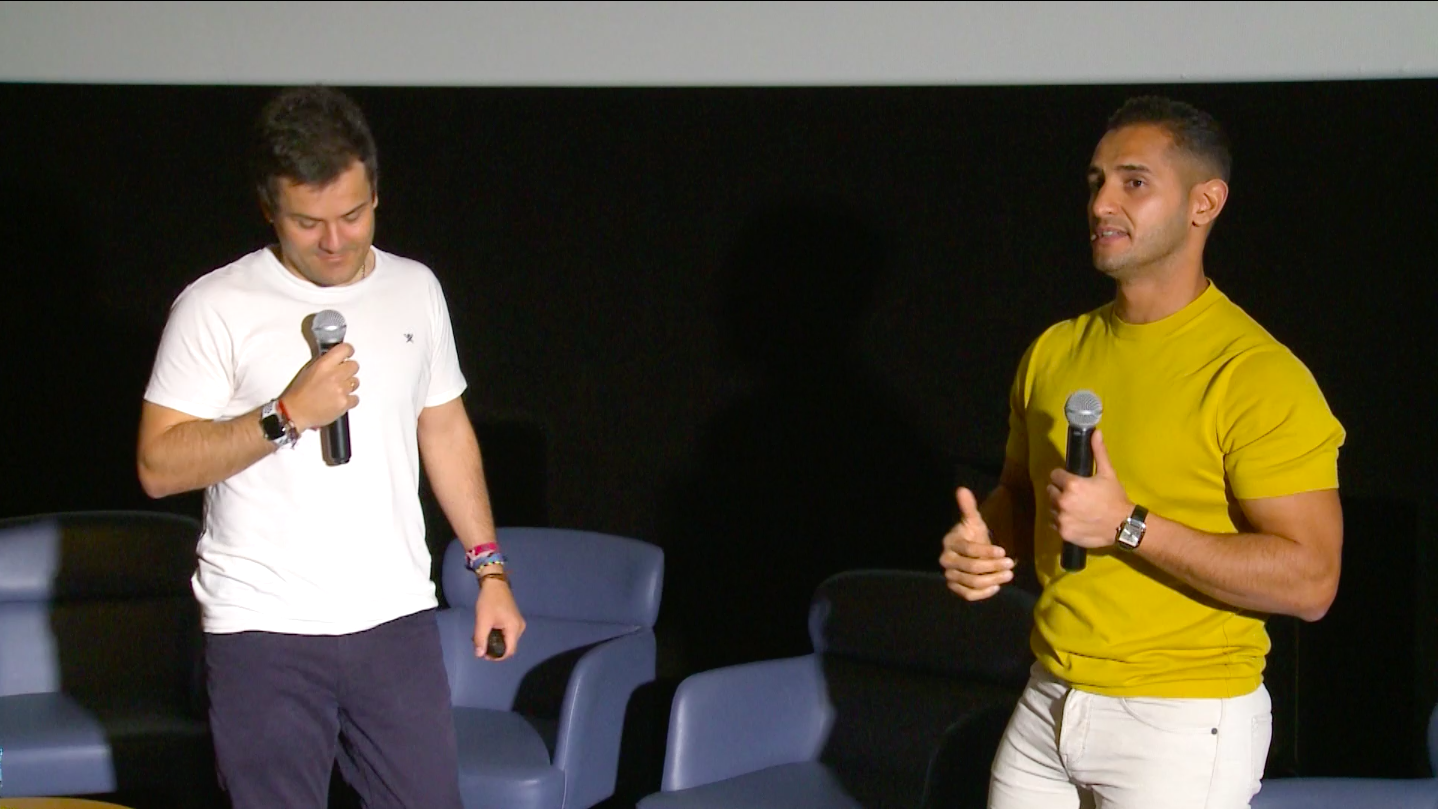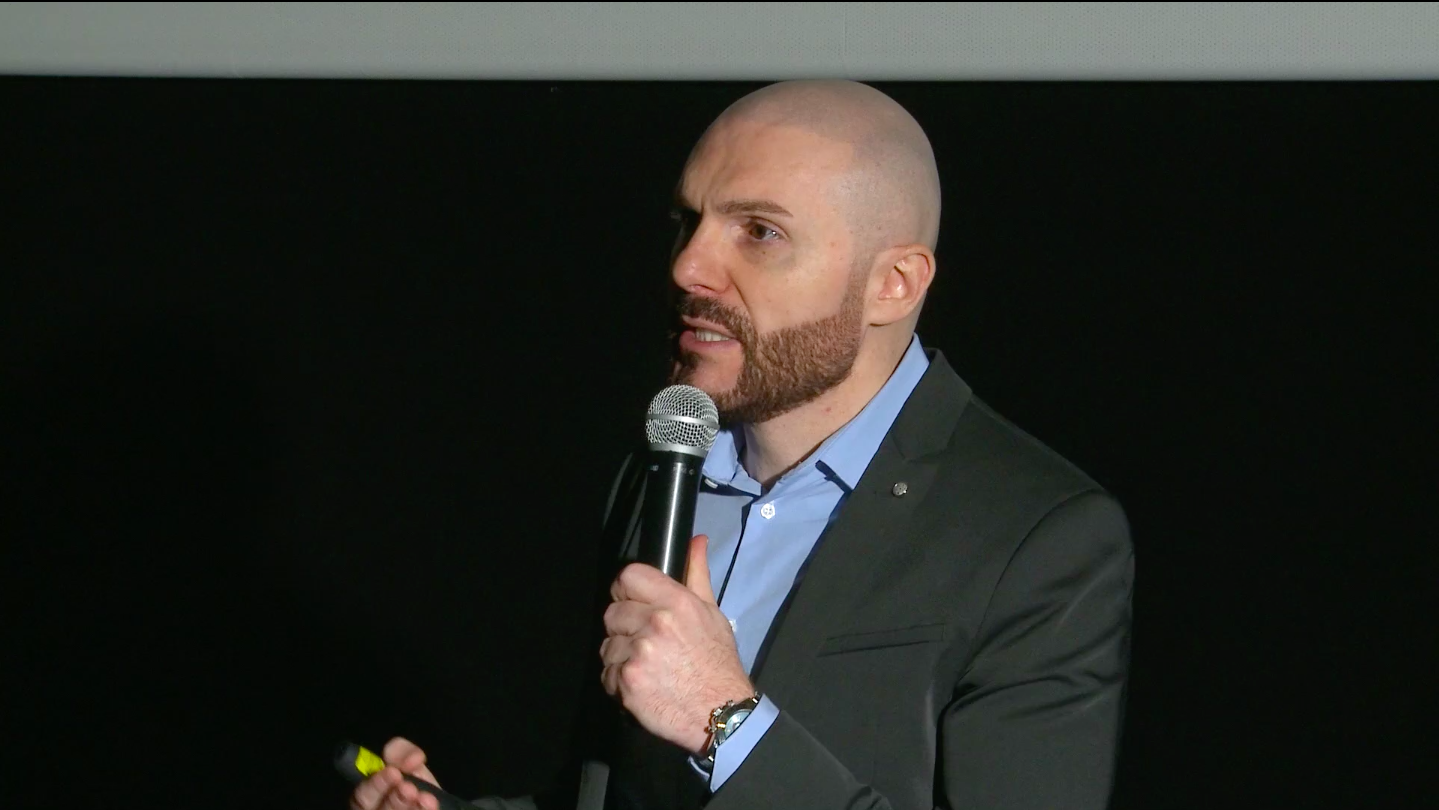Learnings From Day Two of the MENA Effie Thought-Leadership Program
The second and final day of Mediaquest's in-person event taught advertisers and agencies what it takes to win an Effie.

Following a jam-packed first day that gathered a broad array of speakers who shared their thoughts and experiences on how to navigate the post-pandemic world (you can read a recap here), part 2 of the MENA Effie Thought-Leadership Program gave attendees and Communicate the opportunity to learn the secrets behind writing a stellar Effie case study.
Tahaab Rais, President-SLC and Regional Head of Strategy & Truth Central at FP7 McCann MENAT - who is also the recipient of multiple awards for creativity and effectiveness - kicked off the day by explaining that the success of a case study lies in the little things, words in particular. Words are able to shape opinions and change perspectives. Words mattered more than ever last year, when some words had to be repeated multiple times to get the message across. So, once you master how to tailor the words effectively, you have a winning case study in your hands.
Rais also shared 11 truths to keep in mind while creating your Effie case study.
- Treat every brief as an opportunity to convey a brilliant idea that can be considered worthy of winning an Effie.
- Effie judges read multiple case studies. So, display creativity by wording your case study in the form of a story. This story can illustrate the kind of mountains you had to climb to bring this campaign to fruition and what the results that followed were.
- The opening sentences of a case study can be compared to the IMDB synopsis of a movie. So, word the opening sentences carefully, with wit and personality in order to grab the judge's attention.
- Present the problem as a strong villain. Presenting the problem as a powerful antagonist will make the hero - i.e, the solution - more meaningful.
- The objectives of a case study have to be structured carefully to demonstrate their significance. Most judges' default position is the objectives presented in case studies are not truthful, because they can identify when the KPIs of a campaign were not set from the get-go. Grounding the objectives in a little bit of context, whether financial, historical, etc., helps getting the message across.
- Many case studies fail to articulate their insights clearly. Pay special attention to wording your insights in such a way that they feel insightful and spark the curiosity of the judges.
- Bringing an idea to life requires effort from multiple groups. Circling back to the earlier point on how every case study needs to be presented as a story with a strong villain, you need different strengths (different groups of people, abilities, skillsets) to come together to defeat a villain. Share with the judges the challenges you faced in finding the ideal partners, whether it's research scientists, design companies, or anyone else. Using words to describe how they helped solve the problem not only makes for a great story but also teaches the judges something new.
- Judges tend to see multiple case studies that contain a barrage of numbers with no real context or significance. Structure the impact of the campaign by using words to elevate the data points, comparing performance against category and precedence.
- Use the -30% writing rule to make the arguments more concise.
- Being too close to the case study tends to create blind spots. Share your case study with your spouse, colleagues, and even clients to get their perspective and feedback and to verify that the pointers are clear and to the point. Clients are invaluable when it comes to data and advertisers should be asked for their feedback more often.
- Tailor your words to the visuals in order to impact judges. Stop following the basic, and boring, case study video formula. Explore new ways to present case study videos, for example by starting with the results or with insights, or using people and news videos to articulate the problem instead of a voiceover. Focus on the music track as well.
The final session of the day was a Q&A experience with Tahaab Rais; Waseem Afzal, Head of Ecosystem & Agency Development METAP at TikTok; Mitin Chakraborty, Head of Marketing at Babyshop; and Sandeep Poduval, Head of Marketing at Commercial Bank of Dubai. The panelists explored a variety of challenges when it comes to writing a good case study and highlighted how important it is to not only keep the script concise and focused on the results, but also to understand the dynamics of where a judge is coming from while writing the script.
For everyone in the industry, these sessions were an eye-opener on how the region's industry is navigating the post-pandemic market. It was an opportunity to learn from one another and gather insights that will be translated into the work. As we move forward, we'll be seeing the region's advertisers putting these insights to good use in their campaigns and hopefully nabbing an Effie. Stay tuned.




